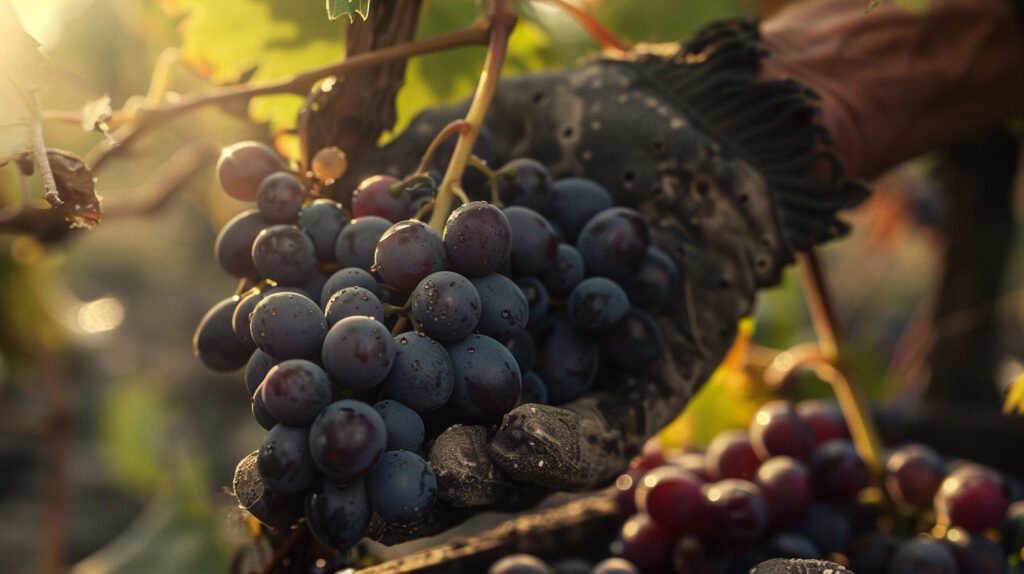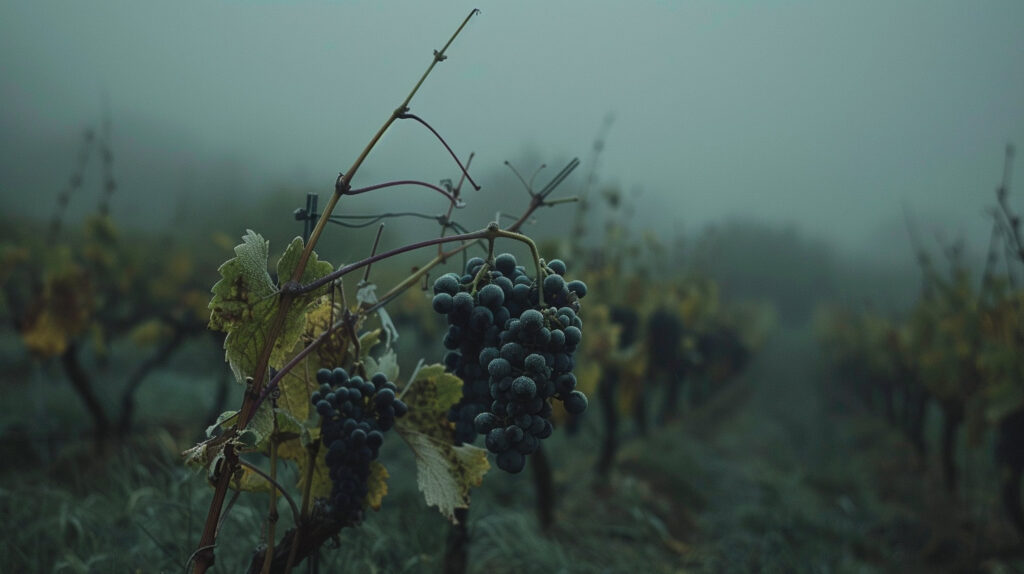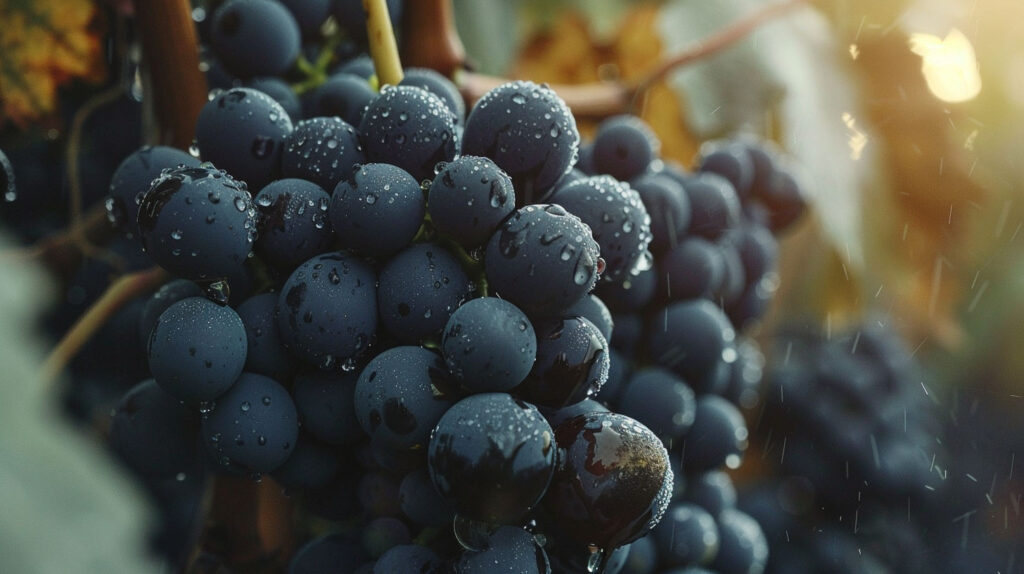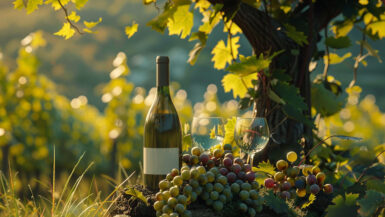Natural wine enthusiasts often find themselves puzzled by the price tags associated with these unique bottles. Behind the rustic labels and the promise of an unadulterated wine experience lies a complex set of factors that drive up the cost. This article will unpack why natural wine often comes with a higher price, offering insight into the meticulous processes and limited production scales involved.
The Art of Natural Winemaking
Natural winemaking is defined by its labor-intensive, low-intervention techniques that starkly contrast with more conventional, mechanized methods. This artisanal approach, while producing exceptional and unique wines, contributes significantly to the higher costs associated with natural wines.
Hand-Picked with Care
One of the hallmarks of natural winemaking is the manual labor required in both the vineyard and the cellar. Grapes are typically hand-picked rather than harvested by machine. This method is gentler on the vineyard and allows winemakers to select only the best grapes, but it requires considerably more time and labor. Hand-picking also minimizes the crushing of grapes, which is crucial in natural winemaking where minimal intervention is paramount.
Native Yeast Fermentation
Natural wines are fermented with native yeasts that naturally occur on the skin of the grapes, instead of cultivated yeasts used in conventional winemaking. Relying on native yeasts can be unpredictable and requires close monitoring and a more nuanced understanding of the fermentation process. This method enhances the wine’s connection to its terroir but introduces an element of risk and unpredictability, necessitating more skilled labor and attention throughout the fermentation period.
Minimal Technological Intervention
In the cellar, natural winemakers often rely on traditional methods such as foot treading and age wines in older barrels that do not impart additional flavors to the wine. These techniques avoid modern machinery and chemical additives but require more time and manual effort to maintain and monitor, which can drive up production costs.

Time-Consuming Processes
Natural winemaking often involves longer aging periods to allow the wines to develop their full flavor profile without the aid of additives. This extended aging requires space and resources, tying up capital and physical assets for longer periods, which in turn increases the financial burden on producers.
Each of these aspects of natural winemaking demands a greater input of human labor, expertise, and time, all of which contribute to the higher costs of natural wines. These wines are not just products of grape and terroir but are also the result of intensive, careful craftsmanship that values quality over quantity.
Small Scale, Big Impact
The scale of production significantly influences the cost structure and pricing of natural wines. Natural wine producers typically operate on a much smaller scale compared to large, commercial wineries. This boutique approach, while fostering uniqueness and quality, inherently drives up the cost for several reasons:
Limited Production Volumes
Natural wine producers often manage smaller vineyards that cannot produce the volume of grapes that larger commercial operations can achieve. The reduced scale means that the fixed costs of winemaking—such as land, equipment, and labor—are spread over fewer bottles, increasing the cost per unit. Additionally, smaller batches require as much attention and labor as larger ones, but without the economies of scale that help reduce costs in larger operations.
Specialized Marketing and Distribution
Due to their niche market, natural wines often rely on specialized marketing and distribution channels that can handle and appreciate the nuances of these wines. These specialized routes can be less efficient and more costly than those used by larger, more mainstream brands. Smaller producers might also spend proportionally more on marketing per bottle to build brand recognition and educate consumers about the unique aspects of natural wines.

Artisanal Branding
The branding of natural wines often emphasizes their artisanal nature, which can entail additional costs. This might include the use of higher-quality materials for packaging, labels that reflect the individuality of each vintage, and other marketing efforts that convey the story and unique processes behind each bottle.
Pricing Strategy
Small-scale natural wine producers often need to adopt a pricing strategy that reflects the quality and exclusivity of their product. Since they cannot compete on price with large-scale commercial wines, they position their wines in a higher price segment to align with the perceived value and craftsmanship that goes into each bottle.
Compliance and Certification Costs
For many small producers, obtaining organic or biodynamic certification is a crucial aspect of their branding and marketing. These certifications can be costly and involve rigorous compliance with specific agricultural and production standards. The financial and labor investment in maintaining certification can further elevate the costs.
The small scale of natural wine operations is a double-edged sword; it allows for greater control and attention to detail but also imposes significant financial constraints that are often reflected in the pricing of the wines. This boutique approach contributes to the exclusivity and higher perceived value of natural wines, justifying their premium pricing in the eyes of many enthusiasts.
Challenges and Risks
Natural winemaking, while celebrated for its authenticity and connection to the land, inherently involves significant risks that impact both production stability and pricing. The choice to follow natural winemaking methods exposes producers to various challenges that are less prevalent in conventional winemaking.
Vulnerability to Weather and Diseases
Natural winemakers typically avoid using synthetic chemicals like pesticides and fungicides. This organic approach, while environmentally friendly, leaves the vineyards more susceptible to pests, diseases, and the whims of weather. A bad bout of mildew, unexpected frosts, or a particularly wet season can drastically reduce the yield of a vineyard, sometimes wiping out an entire crop. Such losses have to be absorbed financially, often leading to higher prices for the surviving vintages to compensate for the reduced volume.

Inconsistency Between Vintages
The commitment to minimal intervention in the vineyard and cellar means that natural wines reflect the true character of the year’s climate and terroir. This can lead to significant variations in the wine from one year to the next. While some consumers appreciate this authenticity and variation, it can be a commercial risk. Unlike larger wineries that can blend wines from different regions or vintages to achieve consistency, natural winemakers typically produce single-vintage wines that may fluctuate in style and quality, affecting marketability and price stability.
Extended Aging and Storage Costs
Natural wines often require longer aging periods to develop their full potential without the use of additives to speed up the maturation process. This extended aging means that wines need to be stored for longer periods before they can be sold, tying up capital and space. Additionally, the slower turnover of stock can strain the financial resources of a winery, necessitating higher prices for each bottle to cover the costs of long-term storage.
Economic Scale and Market Reach
Natural wine producers often face economic challenges due to their smaller scale and niche market focus. The limited production and niche appeal can make it difficult to achieve the wider distribution and sales volumes that help mitigate risks and stabilize income for larger producers. The need to operate profitably at a smaller economic scale often compels natural winemakers to price their products higher to ensure financial sustainability.
The combination of these risks requires natural winemakers to adopt a business model that often involves higher pricing to buffer against the unpredictability of their production method. While this can make natural wines more expensive, it also underscores the commitment of these producers to maintain integrity and quality in their winemaking philosophy.

The Price of Sustainability
Sustainable farming practices are at the heart of natural winemaking, embodying a commitment to environmental health and quality. However, these practices often come with higher costs compared to conventional farming methods, impacting the pricing of natural wines.
Higher Labor Costs
Sustainable farming typically requires more hands-on labor. Unlike conventional farms where chemical herbicides and pesticides do much of the work in controlling weeds and pests, organic and biodynamic farms rely on manual labor for these tasks. This might include hand-weeding, using natural predators to control pests, and employing other labor-intensive techniques to maintain vine health. These practices significantly increase the manpower needed per acre, thereby increasing the cost of production.
Organic Inputs and Treatments
While sustainable farms do not use synthetic chemicals, they often use organic-approved substances that can be more expensive. Natural fertilizers, composts, and biodynamic preparations like horn manure (prepared from cow dung stuffed into cow horns and buried over the winter) are costly to prepare and apply. Additionally, these natural treatments often need to be applied more frequently than their synthetic counterparts, further increasing costs.
Lower Yields
Sustainable farming methods generally produce lower yields compared to conventional methods, primarily because they do not use chemical fertilizers to boost growth or genetic modification to increase crop resistance. Lower yields mean that each grape must represent a higher portion of the overall farm costs, pushing up the price per bottle.
Certification and Compliance Costs
Gaining and maintaining organic or biodynamic certification involves rigorous and often expensive processes. Farms must adhere to strict standards and undergo regular inspections, which can involve both direct costs (such as fees paid to certifying bodies) and indirect costs (such as the time spent maintaining compliance records and preparing for inspections). These costs are inevitably passed on to the consumer in the form of higher prices.
Land Management and Soil Health
Sustainable farming practices place a strong emphasis on long-term soil health and biodiversity, which may involve rotating crops, planting cover crops, and allowing fields to lie fallow. Such practices enhance the soil’s natural fertility and structure but can reduce the land available for grape production at any given time, thereby decreasing overall output and increasing the cost of the grapes that are produced.
The commitment to sustainability is a significant investment in the future health of the vineyard ecosystem and the broader environment. While these practices contribute to the higher costs of natural wines, they also ensure a product that is more environmentally responsible and often of higher quality. For many consumers, this justifies the extra expense, aligning their purchasing choices with their values and desire for a more sustainable planet.





Leave a reply